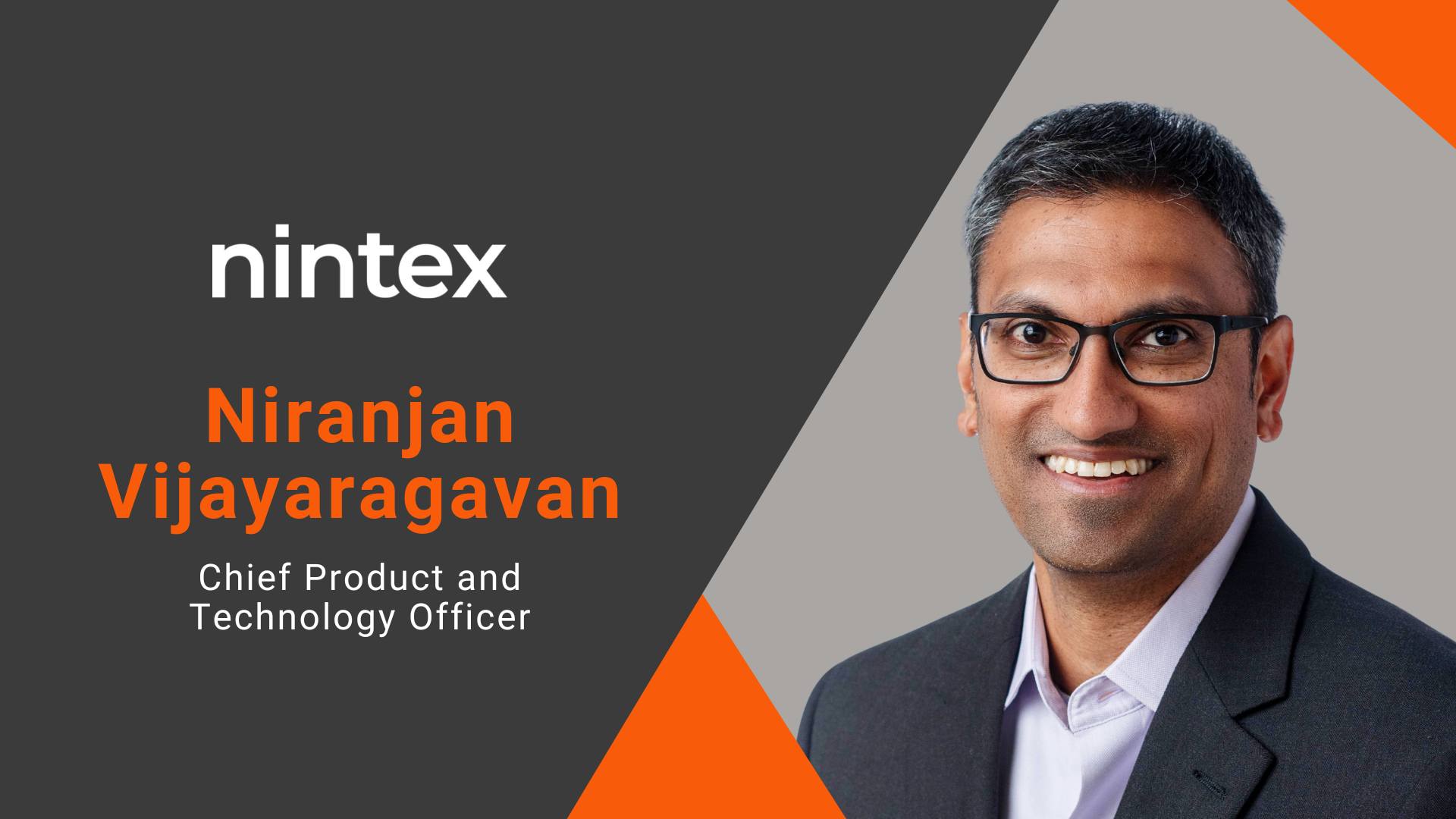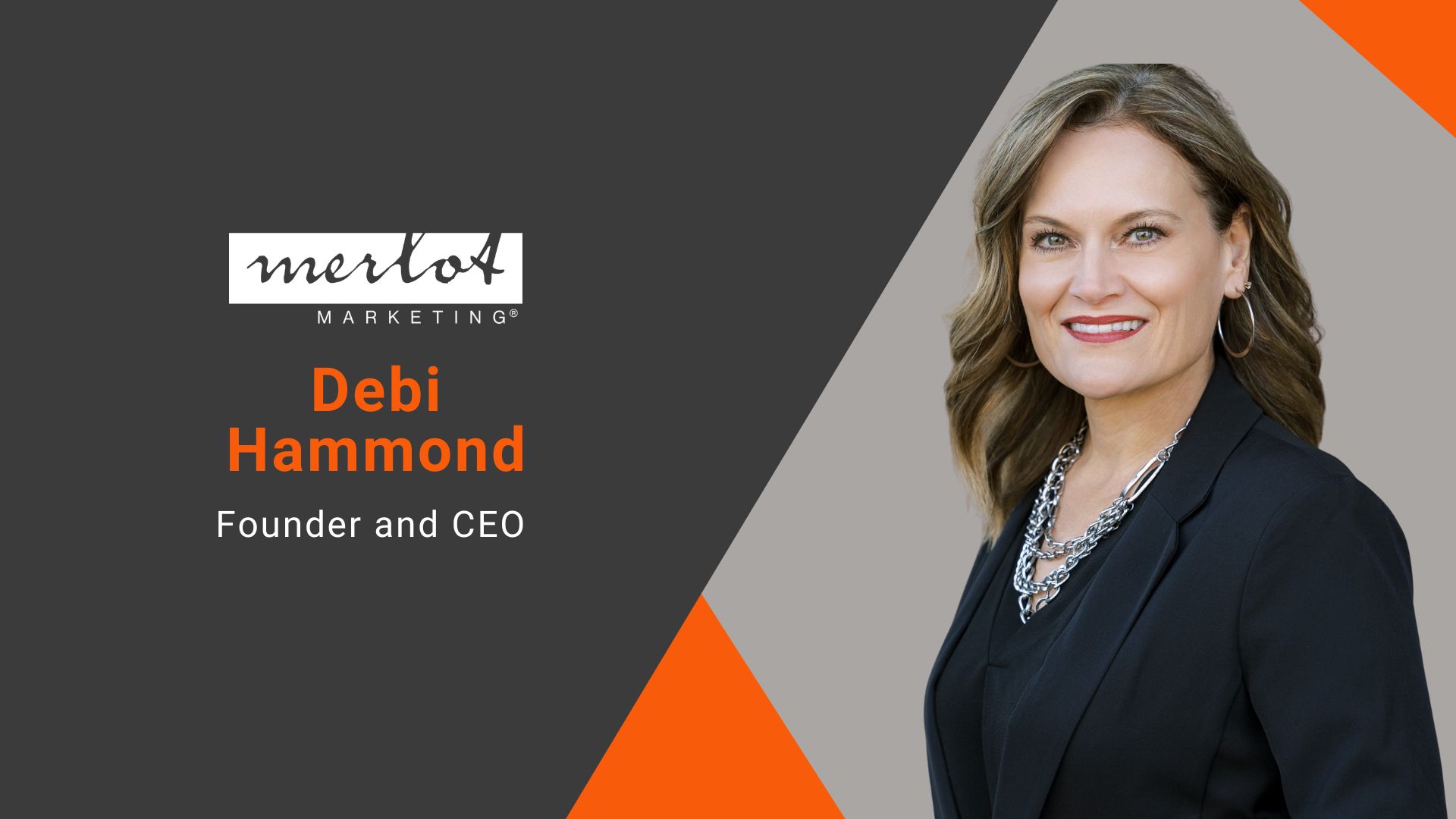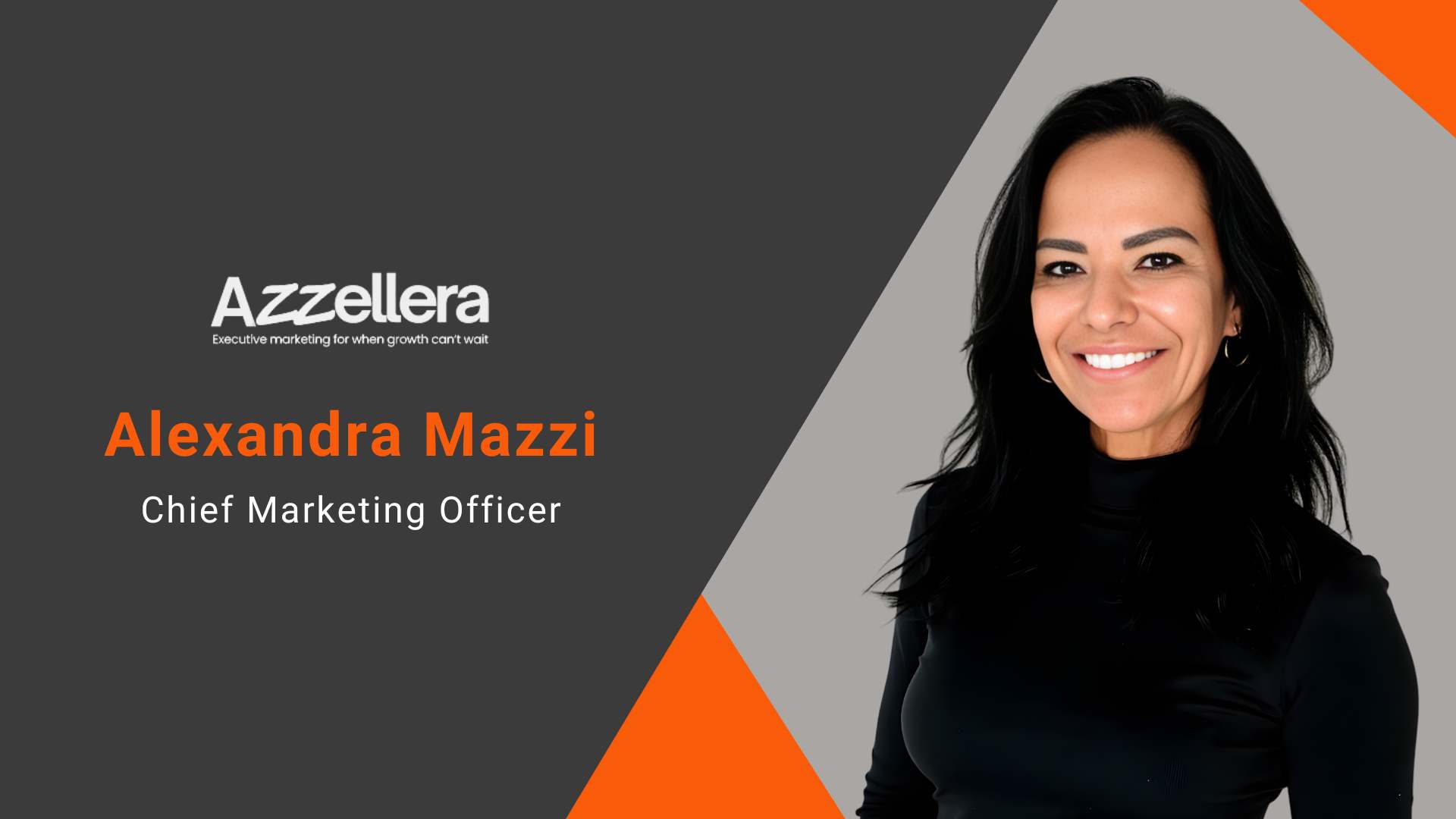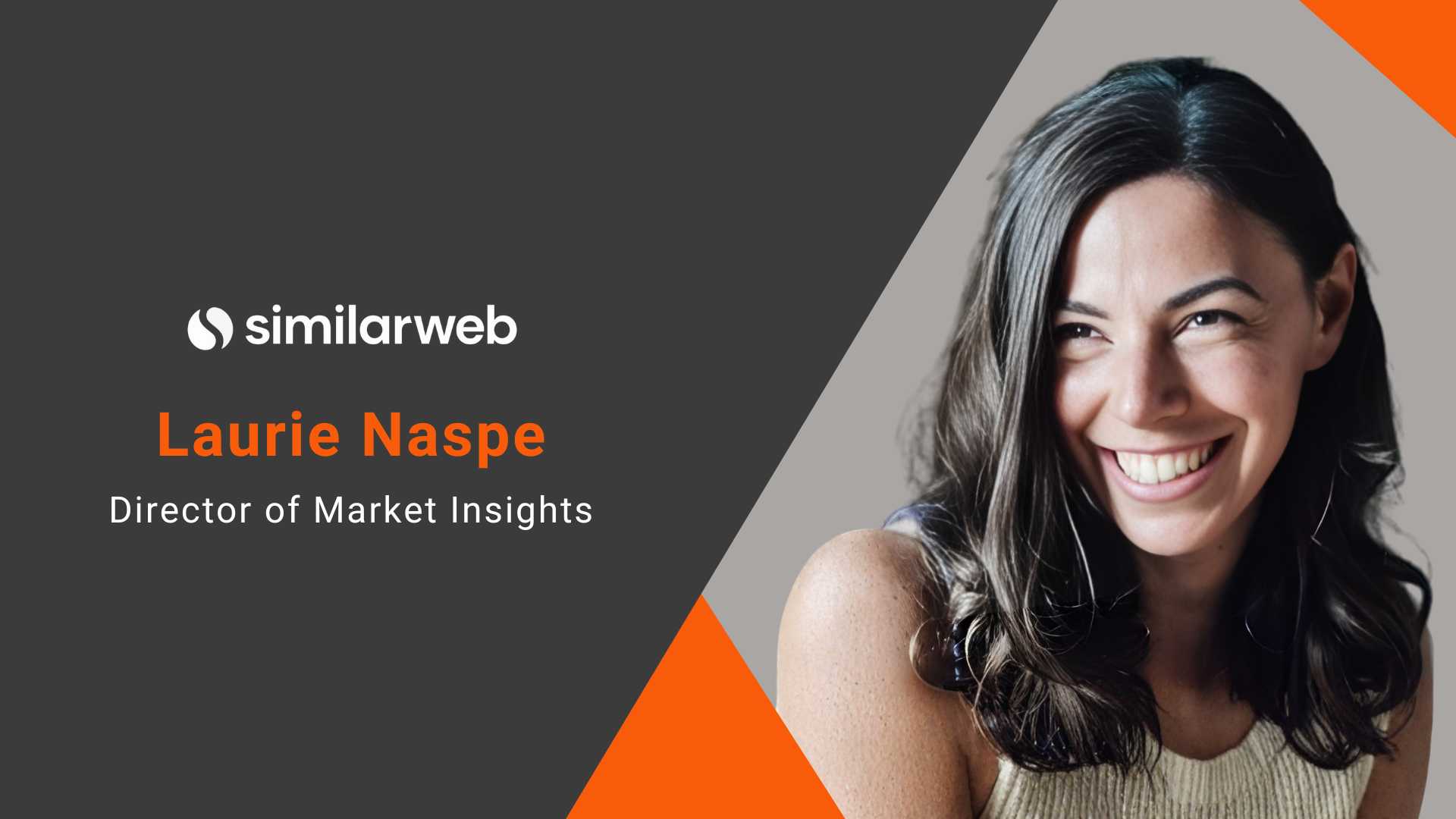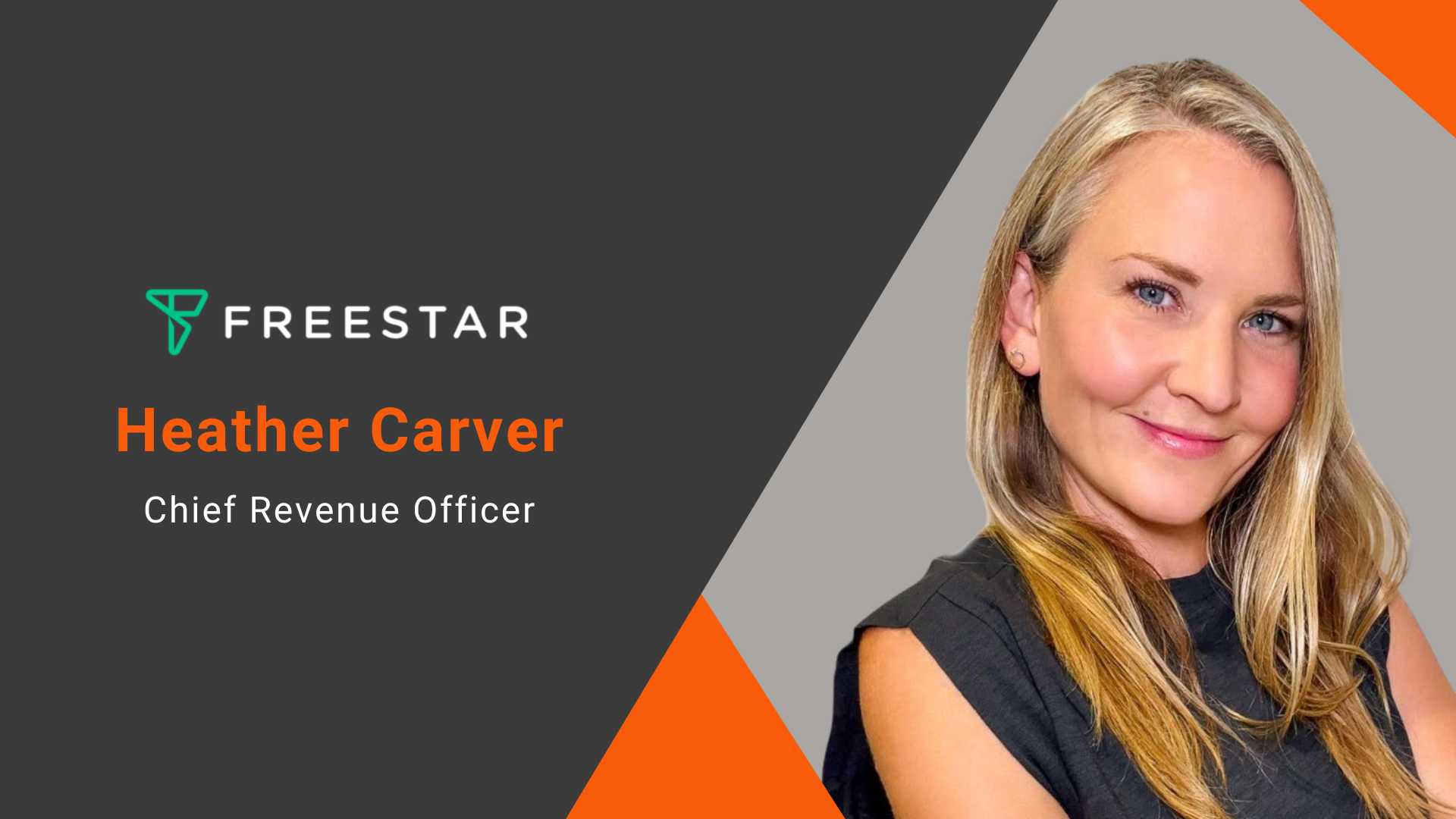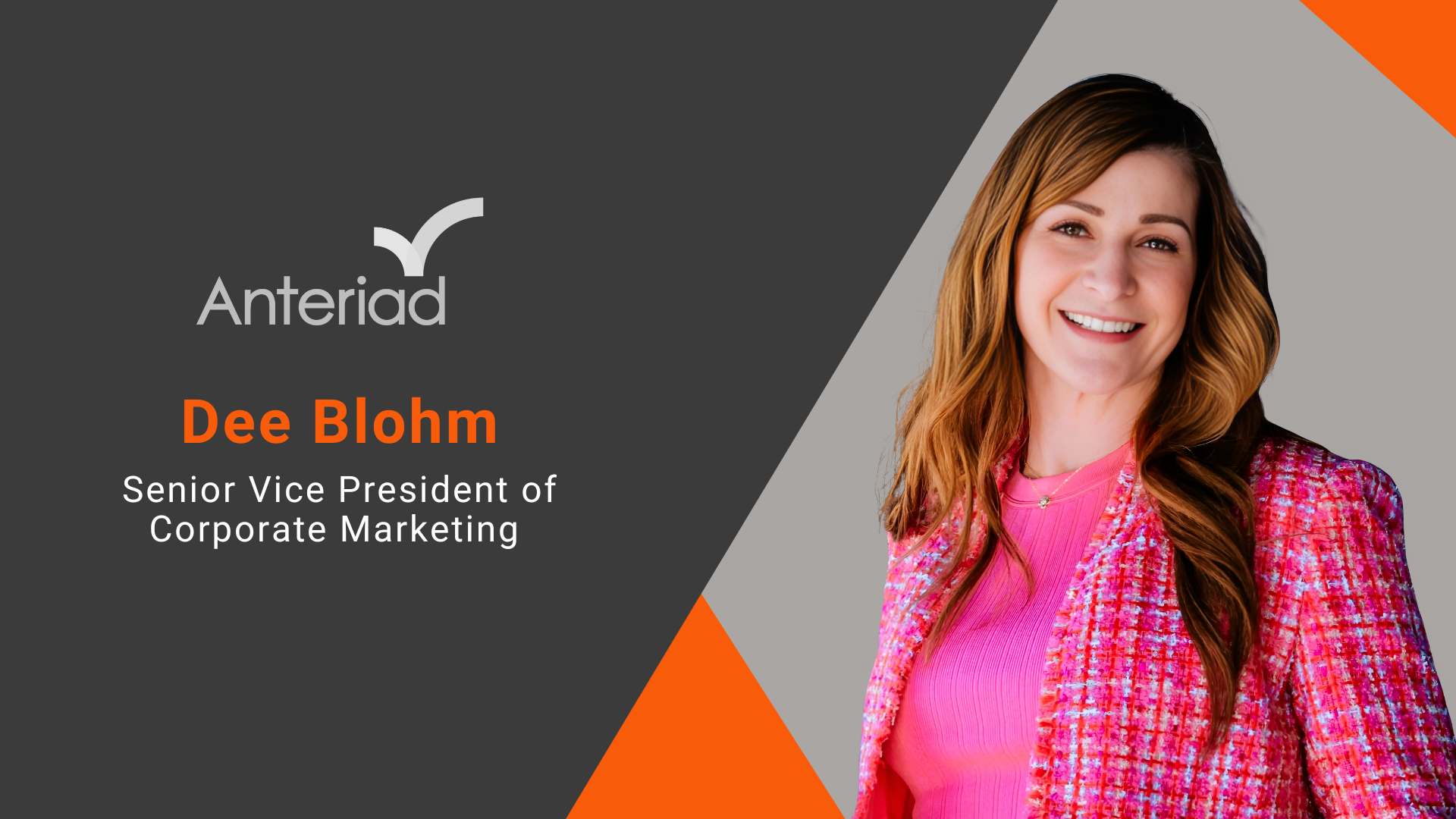
business intelligence
Future of Intelligent Automation | Nintex
business intelligence 3 Oct 2025
1. How do you define “intelligent automation,” and what sets it apart from traditional workflow automation in today’s enterprise context?
Intelligent automation is not just the next evolution of workflow automation — it's a steppingstone toward agentic business orchestration. That means blending AI, agents, low-code development, and dynamic business process orchestration into a system that doesn’t just automate tasks, but autonomously adapts, learns, and coordinates across the enterprise.
Where traditional automation is largely deterministic, intelligent automation is context aware. It can interpret signals in real time, prioritize based on urgency or behavior, and respond when business conditions change. But the real breakthrough comes when you shift from automating steps to orchestrating outcomes — across people, systems, and now, intelligent agents.
This is what we call agentic business orchestration: enabling work to move autonomously and intelligently across the enterprise with the help of agents within purpose-built solutions tailored to specific business logic and processes. It’s automation that is guided by human oversight but not constrained by it. To get there, organizations need a unified platform that brings together process mapping, business orchestration, and AI agents with the power of low-code tools in a single architecture.
2. What role does automation play in closing experience gaps across the customer journey from onboarding to support and retention?
Customer experience isn’t just about front-end touchpoints — it’s about how well the business moves behind the scenes. That’s where automation becomes essential.
By connecting siloed systems and orchestrating cross-functional processes, automation helps deliver consistency and responsiveness across the entire customer lifecycle. It accelerates onboarding by syncing data across platforms, supports dynamic case routing, and enables proactive service through contextual triggers.
When embedded across the value chain, automation becomes the foundation for agentic business orchestration. That means not just accelerating tasks but enabling intelligent agents and workflows to operate in harmony — adjusting, escalating, or resolving customer cases in real time. All of this can also be done autonomously to augment human performance and drive a non-linear increase in efficiency – even with humans still in the loop.
The result is a seamless, end-to-end experience that builds trust and loyalty.
3. What are the most common misconceptions organizations have when adopting automation to improve customer outcomes?
The biggest misconception is treating automation as a band-aid solution — something you add to a broken process and expect immediate transformation. In reality, automation must be part of a broader operational shift.
Organizations that succeed view automation as a strategy to drive business performance: first mapping processes, orchestrating and automating cross-functional workflows, and ultimately layering in AI to drive end-to-end orchestration through purpose-built solutions.
Another misconception is that automation tools can operate in isolation. Without integration, governance, and alignment, they create more friction than they solve. To drive real customer outcomes, automation must be part of a connected fabric — orchestrating across departments, systems, and now, AI agents — so the experience is cohesive, not fragmented.
4. Have you seen specific verticals (e.g., financial services, government, healthcare) realize faster returns with intelligent automation strategies?
Absolutely — financial services, public sector, and manufacturing organizations are seeing strong ROI, largely because of the complexity and compliance demands they face.
For example, financial services organizations, intelligent automation can accelerate loan origination by auto-extracting data from supporting documents, validating it against internal and external sources, and routing applications for approval — all while maintaining a complete audit trail. It can also streamline KYC/AML checks, regulatory reporting, and customer onboarding, cutting processing times from days to hours.
iQumulate Premium Funding leveraged Nintex Automation CE to document and reimagine 150+ processes, created smart forms to streamline communications with brokers, and automated internal quoting — saving 3,000+ hours of employee time.
Government agencies can use automation to manage benefits applications, licensing, and permits. By integrating data from multiple legacy systems and enabling real-time case tracking, agencies can reduce backlogs, improve citizen response times, and ensure compliance with transparency mandates.
Nintex worked with the County Court of Victoria to digitize its paper-based processes so that it could capture information electronically, as well as automate the routing of critical court documents.
For manufacturers, intelligent automation can coordinate supply chain workflows, from purchase order processing to quality inspections. Automated exception handling and compliance documentation help manufacturers maintain production schedules, reduce costly delays, and meet stringent regulatory standards in industries like aerospace and pharmaceuticals.
At Nintex, we helped CORE Molding Technologies automate workflows across the organization, including purchase order, chargeback application, and pricing approval processes.
These industries benefit when automation evolves into agentic orchestration. Instead of relying on static scripts, they can deploy responsive workflows and digital agents that learn from usage patterns, adjust to new policies, and reduce time-to-resolution — all while maintaining governance.
5. What KPIs should companies track to evaluate the success of automation-driven, customer-centric initiatives?
Beyond CSAT, the most meaningful KPIs reflect efficiency, speed, scale, and autonomy.
These include:
· Touchless resolution rate — the percentage of workflows or business process steps completed without manual intervention
· Time to resolution — how quickly business or customer-focused workflows are completed
· Human effort saved per workflow — the percentage of workflows that are automated
· Cost per transaction — measuring sustainable operational impact
More advanced teams also look at the volume and performance of agent-led tasks — a signal that they’re progressing toward true agentic orchestration.
6. What does the future of customer-centric automation look like, especially as AI and low-code/no-code platforms mature?
The future of customer-centric automation lies in systems that are not only intelligent but also adaptive and deeply embedded across the business. As agentic AI evolves and low-code/no-code platforms become easier to build with, organizations will shift from rigid, step-based processes to dynamic, context-aware workflows that can learn, adjust, and act in real time.
Rather than relying on disconnected point solutions, businesses will be empowered to build their own tailored applications — designed around their unique models, systems, and customers. This enables faster time-to-value, fewer dependencies on specialized development resources, and greater flexibility as needs evolve.
Importantly, this shift won’t just improve customer experiences — it will make organizations more efficient, more compliant, and more scalable in how they deliver value. By combining AI, automation, and applications in a unified platform, businesses will be able to proactively solve problems, reduce operational complexity, and build long-term customer trust.
Get in touch with our MarTech Experts.
Mission-Driven Marketing with Purpose and Results
business intelligence 5 Aug 2025
At Merlot Marketing, our philosophy centers on mission-driven storytelling that shows how a brand’s purpose directly benefits the people it serves. With organizations like CAHP Credit Union, they have such an amazing purpose, that the story almost tells itself. Our job is to articulate their purpose by understanding the unique needs of their members and grounding everything in authenticity. It’s about more than promoting services; it’s about honoring the values behind them. When the story reflects the heart of the mission and speaks to the people it serves, it inspires trust, loyalty and long-term growth.
2. How will you tailor creative and messaging to resonate with the Credit Union’s unique member base—California peace officers and their families?
We focus on reflecting the experiences and shared values of peace officers and their families. We want to honor their service by speaking their language and communicating with sincerity and respect. Our approach combines emotional connection with practical clarity and language that not only illustrates why the Credit Union matters, but also when offices are open and what services are available. It’s about meeting members where they are and delivering messages that feel both personal and purposeful.
3. How does your agency structure collaboration between strategy, creative, and account management teams?
At Merlot Marketing, collaboration is built into our DNA. An agency is only as good as the collaboration with its clients. There must be alignment in both organizations’ mission, values and purpose. Our job is to articulate and tell their story in a way that resonates with their customers. We’re intentionally cross-functional and collaborative, not siloed by department. We do this purposefully, so strategy, creative and account management are aligned from day one. Ideas flow freely, feedback is shared in real time, and everyone is focused on the same goal: delivering smart, impactful work that drives results. It’s a true team effort, which includes the client, every step of the way.
4. How do you ensure campaigns deliver measurable ROI while also fulfilling emotional storytelling goals?
We start by aligning on clear KPIs that reflect the client’s goals. Whether it’s member growth, engagement or awareness, we set clear KPIs and then use meaningful storytelling to drive connection and action. The right story captures hearts, great service captures minds and together they fuel measurable results. When strategy and creativity work together, performance and success naturally follow.
5. What leadership lessons have shaped your approach to running an agency with purpose?
I’ve learned that purpose starts with people. We have an amazing team and leading with an intentional culture empowers teams to do great work with heart and hustle. Our “why” is simple: to produce great work, with great people, for great clients. And our mission keeps us grounded: to deliver passion, creativity and results to every client with whom we’re privileged to work. When your team believes in the work and feels supported, purpose isn’t just a message, it’s a mindset that produces winning results!
6. Looking ahead, what opportunities do you foresee in public-sector or cause-driven marketing?
There’s an amazing opportunity to humanize public-sector brands. Often, they are cold and calculated with their messaging and we have an opportunity to bring clarity, empathy and purpose to the forefront. Through thoughtful, mission-aligned campaigns, we can build trust, deepen connection and make these organizations more relatable to the people they serve. What’s awesome is that the people who run these organizations actually do care. That’s the importance of marketing. Ensuring that their customers or clients understand that they are providing more than just a service, but rather a connection that goes far deeper than any transaction. It’s not just about branding or visibility; it’s about creating meaningful engagement that connects authentically with their audience.
Jon Martel on Stagedge at 50: Innovation, Sustainability, and the Future of Experiential Events
business intelligence 17 Jul 2025
2. With employee retention cited as a strength, what organizational practices have proven most effective in retaining creative and technical talent in the events industry?
3. What long-term strategies are being developed to ensure your company's growth remains aligned with both environmental responsibility and digital scalability?
The push for sustainability and digital scalability touches every aspect of corporate life with companies demonstrating their commitment throughout all layers of their business. And the events industry is no different. Stagedge strives to support our clients’ corporate social responsibility and sustainability initiatives holistically and integrate them throughout our work. We hold a Silver rating from EcoVadis and have joined the Science Based Targets initiative. With decades of low-carbon experience, we can align your event with our sustainability values ensuring that they are not just impactful, but also eco-friendly.
5. In what ways do you balance honoring historical legacy with the imperative to continuously innovate and stay ahead in a rapidly changing industry?
6. As you look ahead, how changing market dynamics will shape the next chapter of growth for your organization and the event production industry?
Small Business Happiness in 2025: Erin Shea of VistaPrint on Freedom, Fulfillment & the Future
business intelligence 16 Jul 2025
1. Given that independence and passion are more valued than income predictability, how should organizations rethink their support models for small businesses?
We often hear about the importance of financial stability and access to capital. Those factors, no doubt, contribute to a small business's success, but new research from VistaPrint reveals that small business owners (SBOs) are influenced by so much more. According to findings, internal factors - think independence, passion and community - drive SBO happiness today. SBOs rank “freedom to set my own schedule” (42%), “doing something I love or am passionate about” (41%) and “interacting with people, customers or society” (30%) as the top 3 things they enjoy most about being an entrepreneur. Not to mention, over half of SBOs are “much” or “somewhat” happier now compared to when they first opened their business. These takeaways recognize the vitality of America’s entrepreneurial spirit and power of looking inward, especially when times are tough.
From VistaPrint’s perspective, it’s important to advocate for that mindset with products, services and resources that support SBO’s journey at any stage. When you enable that freedom, you fuel fulfillment.
2. What role do you believe corporate partners or service providers should play in fostering long-term emotional and operational well-being for small business owners?
SBOs aren’t just looking for tools. They’re looking for partners, especially when the stakes are personal. The best partners help SBOs feel more capable and in control, not more burdened. For example, offering great products, assisting with real-time customer support, and providing thoughtful resources for the moments in between. In VistaPrint’s case, this means helping SBOs design and print marketing materials that stand out and resonate with customers, from logo design and packaging to promotional items.
Long-term well-being starts with trust. That trust is earned when partners show up consistently and understand the needs of the SBO – something VistaPrint has worked hard to achieve over the past 25 years.
3. With larger small businesses (51–100 employees) reporting higher satisfaction, how can micro-businesses (1–10 employees) be better supported to bridge the gap in satisfaction?
It’s important to note that SBOs of all sizes report high levels of happiness. We think that reflects the pride millions of entrepreneurs take in shaping their own future. That said, satisfaction at scale might come from capacity – having enough help, time, and margin to focus on what matters. For micro-businesses, the pressure to wear all the hats can be a strain, especially when they’re just starting out.Prioritization and time management are crucial at this stage. Align your to-do list to your strengths and don't be afraid to seek out tools or resources that can extend capacity whether it’s automating repeatable tasks, outsourcing selectively, or tapping into peer networks for shared knowledge and support. By building these practices early, even the smallest teams can unlock more joy and long-term satisfaction.
4. What trends do you foresee in generational leadership within small businesses, and how might these affect long-term innovation and operational models?
Gen Z SBOs are redefining what leadership looks like. Their approach to entrepreneurship is deeply values-driven, tech-forward, and adaptive by design. According to our findings, they’re also the happiest generation, with 54% of Gen Z SBOs saying they’re currently “very happy”—higher than any other age group. This sets a strong foundation for future-facing businesses. As Gen Zers get more comfortable with business ownership, it’s possible we’ll see flatter hierarchies, increased transparency, and businesses that prioritize flexibility and experimentation. These shifts could spur more resilient models – ones that are not only innovative but also emotionally intelligent.
5. What strategic opportunities exist for organizations to support SBOs in technology adoption while preserving the interpersonal dynamics they value most?
Organizations have a unique opportunity to position themselves as both enablers and protectors of the human connections SBOs care most about. VistaPrint’s research shows us that SBOs, today, prefer using AI primarily for routine or repetitive tasks. For example, 39% of SBOs said they prefer AI for audience targeting and design/content creation. These are areas where speed and efficiency often come into play. But when it comes to strategy and storytelling, the human element still matters deeply. Nearly half (48%) of SBOs say they prefer a human touch for strategy and planning and 43% still lean on people for campaign execution. That creates a clear opportunity: preserve the human touch in the moments that define a brand. The most valuable tools will be those that free up time—without stripping away the connection that makes small businesses special.
6. What changes do you believe are necessary to sustain and amplify the positive sentiment seen among SBOs?
Devon Bradley Roof on Scaling with Intention: Inside Epic Blue’s People-First Marketing Approach
business intelligence 15 Jul 2025
Get in touch with our MarTech Experts.
Page 1 of 1
Most Recent
Transforming Marketing into a Growth Engine
Interview Of : Alexandra B. Mazzi
AI Search Optimization Can't Wait: Why Marketers Must Adapt Now
Interview Of : Laurie Naspe
The Rise of Agentic AI: How MetadataONE Is Transforming the Entire GTM Workflow
Interview Of : Lisa Sharapata
How Freestar and Audigent are Powering Future-Proof Publisher Demand
Interview Of : Heather Carver
BDR-as-a-Service: Driving Global B2B Sales Success
Interview Of : Dee Blohm
Weathering the Drought: Marketing Strategies to Survive a Dry Spell in Business
Interview Of : Trisha Gallagher
